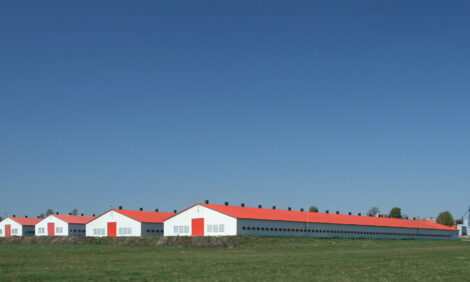



Market trends and challenges highlighted during Poultry Market Intelligence Forum at 2020 IPPE
“Today, the notion of ‘climate friendly diets’ is gaining substantial traction, especially among youth. It is a brilliant opportunity to position chicken and eggs as being tasty, convenient, climate-friendly, nutritious and affordable,” remarked Dr David Hughes, professor at the Imperial College of London, during the Poultry Market Intelligence Forum held at the 2020 International Production & Processing Expo (IPPEIn his presentation on “Global Consumer Trends: Implications for the Poultry & Egg Industry Worldwide,” Hughes mentioned that poultry and eggs are the fastest growing protein markets, predicting that during the first and second decades of this century, there will be a 40 percent growth in protein consumption. Under the ‘protein umbrella,’ he emphasized plant-based protein as the largest category and remarked that “nontraditional” protein will have spectacular growth, while meat, eggs and dairy are in a healthy growing condition.
Dr Paul Aho, economist and consultant at Poultry Perspective, discussed domestic and global drivers for 2020, including the gap in Chinese pork production. Aho remarked that “chicken meat will try to cover the lack of pork protein but will not be successful. This will increase the price of protein worldwide.” He predicted that China’s chicken production will not rise.
Aho reviewed several drivers, including a shortage of small chicken breasts for sandwiches in US production; wings at a similar price as last year; China may not purchase more agriculture goods; soybean stock will go up in 2021; the consumption of eggs per capita is rising, and egg prices will stabilize in 2020; turkey production will be the same during the first three quarters of 2020 and will increase in the fourth quarter, while the price will continue to increase during 2020; feed prices are heading down; and greater support for the back half of the chicken in the US and in China.
Mike Donohue, vice president for Agri Stats Inc., provided information on long-term trends in poultry production and marketing. He remarked that hatchability has dropped in the last two years, and the industry and genetics companies are striving to address the issue. Also, the feed conversion ratio in the US broiler industry keeps getting better, and boneless breast meat yield continues to increase, due in part to the heavier weight of broilers. Donohue reviewed some of the challenges facing the poultry industry, including avian influenza, the value of leg quarters and paws, and gaining access to more export markets.









